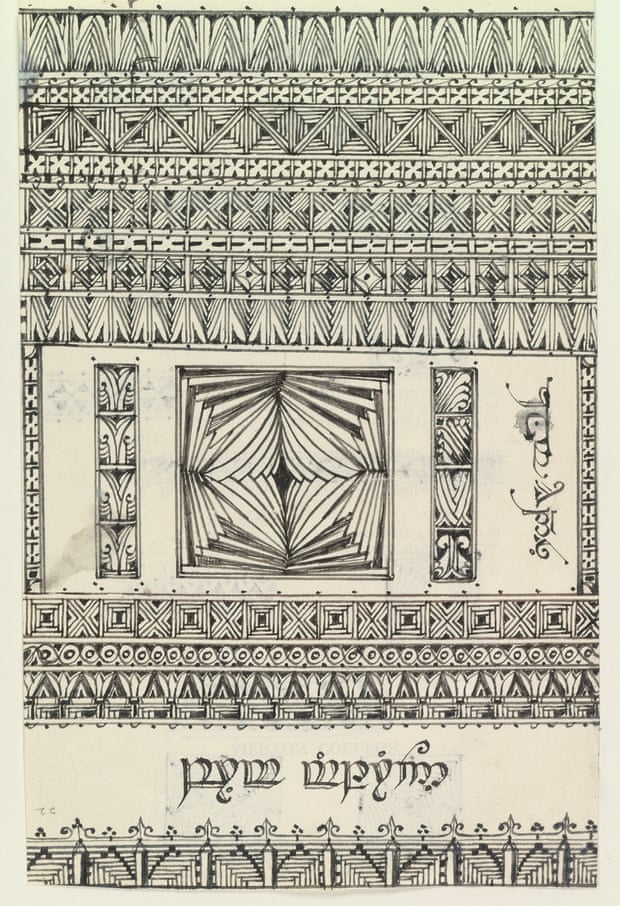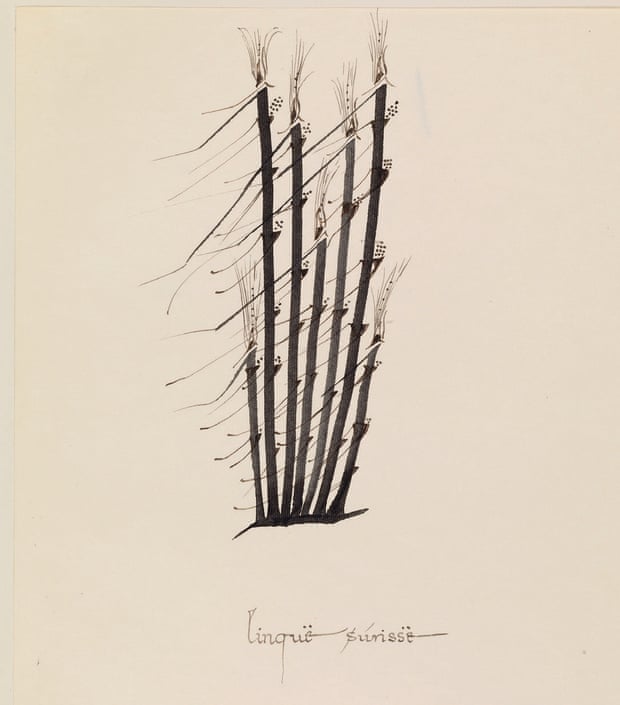Since Australia is soon heading towards a federal election there has been the usual round of discussions online about voting systems. There is widespread dissatisfaction with the Australian electoral system, even though it is widely regarded as one of the best and fairest in the world. It does, however, sometimes turn up skewed results. Since it is a preferential system a candidate with fewer primary votes may be elected after the distribution of preferences. Voters mark their preferences and if their first preferred candidate is not in the running after the first votes are counted, then their second and third and subsequent preferences are counted. In theory, the candidate that is MOST PREFERRED is elected. This often leaves people disgruntled. A candidate might receive 49% of first votes and yet the candidate with only 30% of first votes will be elected because more people voted for him as their second, third or subsequent choice. The discrepancies can be wildly anomalous in the upper house (Senate) which uses preferential proportional representation. There is currently a senator from Queensland, who shall remain nameless, who was elected on less than 300 primary votes (in an electorate of several million votes!) simply because a wide range of minor parties directed their second preferences to him. Parties cannot really direct preferences, of course, but they publish ‘How to Vote’ guides and, like sheep, most people follow them. Once the election is over everyone bitch-nags about how unfair the system is. Every election time we hear the gnashing of teeth by those simple souls who think the world will be a much better place if only we had ‘First-past-the-post’ voting like Mother England. People complain that the preference system extorts votes for parties a voter does not support.
Debates about voting systems are as tedious as hell. The same arguments are presented over and over. Every system has short-coming, statistical and otherwise, and every system will introduce a bias for one political bloc or another. The Leftists, for example, nearly always champion a laissez faire voting registration with first-past-the-post. This suits a collectivist ideology. Habitual conspiracy theorists, they will tell you that preferential voting is a device used to oppress the “Masses” – or they used to, these days the “Masses” are out of fashion and it is the “minorities” who are supposedly being disenfranchised. The Left goes into mad canniptions if anyone proposes that voters should present ID to prevent double-voting and other modes of cheating. This would disenchranchise minorities, they say, (since many minorities, apparently, don’t have legal ID.) Similarly, I’ve known Leftists who object vociferously to even the idea of written voting papers – this discriminates against the illiterate. It’s a flat earth ideology. One man (or woman or transgender) one vote. It’s all dressed up as “fairness” but it is all just calculated to maximize the Left’s electoral chances. Hardcore Leftists believe in two parties, one-man-one-vote, and first-past-the post.
The problems with first-past-the-post are legendary and rather obvious. Governance in the UK is hardly a good advertisement for it. In any given electorate a vote might go like this:
Therese May – 25%
Boris Johnston – 26%
Jeremy Corbyn – 20%
Nigel Farage – 29%
In this case Nigel Farage is elected, even though 71% of voters did not vote for him. We are surely left wondering, ‘Who was the second preference of those 71% of voters?’
The other problem with first-past-the-past is that it favours enclaves of voters. Minor parties really only have a chance if they can get all their supporters to move into one region. This, again, favours the Left historically, because that benighted entity ‘The Working Class’ has tended to congregate in certain areas of cities whereas the well-to-do are more finely distributed because, being well-to-do, they are more mobile. But it also favours sectional interests, local agitators and – yes – ethnic enclaves. If you can get enough supporters to live in a certain area you will win.
For this and many other reasons thinking people everywhere tend to favour some sort of preference system. But, as I say, every preference system carries its own shortcomings. In recent Australian history, for example, we have seen the preference system promote a proliferation of minor parties (mostly Right-of-Centre) that cross-preference each other in order to game the system. The government keeps fiddling with the system in order to thwart this, but grievous anomalies like the good senator from Queensland (“unrepresentative swill” to use a former Prime Minister’s description) keep occurring. Moreover, governments keep being elected on 49% or less of the total vote, and parties with 51% or more of the two-party-preferred vote keep losing. It is not a perfect system. It is better than most. It is far better than the bizarre and baroque American system (or systems) and is possibly only bettered by the system in New Zealand (or Iceland) for accurate and justifiable results. But therein is another problem: truly preferential systems allow the election of candidates from a multiplicity of parties and you end up with a system of unstable and ever-shifting government like Italy.
I have long been an advocate – inasmuch as I care one way or another – of so-called ‘Range’ voting or ‘Score’ voting. It is demonstrably the fairest and simplest system possible. It is just made for schoolteachers: the system consists of giving each candidate on the ballot paper a score out of ten. We use this system for many things – talent contests, for instance. And in those contexts we all widely agree that it is fair and accurate. There are several acts in a talent contest and a panel of judges. The judges give each act a mark out of ten. The act with the highest score wins. Indeed, we use exactly this system in sporting events and other contests. And yet not in voting for government. One wonders why not? We all know the system, all agree on its fairness, have often used it in other contexts, and yet do not apply it to elections.
It works like this:
Given the candidates listed above, Therese May, Boris Johnston, Jeremy Corbyn, Nigel Farage, voters are directed to give each of them from zero to ten points according to their preference. Thus a voter may vote:
Therese May – 2 points
Boris Johnston – 8 points
Jeremy Corbyn – 4 points
Nigel Farage – 10 points
This voter gives Nigel Farage the maximum support but thinks Jeremy Corbyn only deserves four points out of ten. The voter also fancies Boris Johnston over Therese May who only scores two points. Another voter may vote thus:
Therese May – 0 points
Boris Johnston – 0 points
Jeremy Corbyn – 10 points
Nigel Farage – 0 points
This voter has given Jeremy Corbyn the strongest possible endorsement. This is like a first-past-the-post vote.
Indeed, Range voting is very like first-past-the-post but the voter is allowed to weight the votes according to their preferences. Thus is has the best of both first-past-the-post and preferential systems. Range voting is first-past-the-post with gradations. Statistical, mathematical, ethical and demographic studies have all shown that Range voting produces the most accurate results and gives voters the most discernment and power while being very simple. As I say, we use Range voting all the time, but not, for some reason, in politics. It can even be adapted for those illiterates (enumerates?) championed by the Left: you can give your preferred candidate ten points by putting an X beside their name (resorting to Roman numbers!) Thus, this would be a valid vote:
Therese May - 0
Boris Johnston - 0
Jeremy Corbyn – X
Nigel Farage – 0
Jeremy Corbyn here scores ten points and the other candidates none.
It also allows creative ways to cast a donkey vote:
Therese May – 8 points
Boris Johnston – 8 points
Jeremy Corbyn – 8 points
Nigel Farage – 8 points
Which is as good as saying ‘None of the above’. This voter is like the teacher than gives everybody an A. The question for voters when confronted by a candidate for public office becomes: what would I give then out of ten? Six? Five? Nine? Two? How do I feel about them on a scale of ten? Political parties would encourage their supporters to give their candidates 10/10 and no points to the other candidates, but voters are free to see shades of grey if they wish instead of the black-or-white savagery of first-past-the-post or the extortion that is preferential voting. Someone – a Tory - might vote thus:
Therese May – 10
Boris Johnston – 8
Jeremy Corbyn – zero
Nigel Farage – zero
A Brexiteer might vote thus:
Therese May – 2 points
Boris Johnston – 10 points
Jeremy Corbyn – zero
Nigel Farage – 10 points
Voters are free to weight their votes on the scale of one to ten anyway they like. A disenchanted voter might well vote:
Therese May – zero
Boris Johnston – zero
Jeremy Corbyn – zero
Nigel Farage – 1 point
In an electoral division of, say, 100,000 people the maximum number of available points for any candidate is one million – that is, where every voter gives that candidate ten points. In any case, the candidate with the most number of points win, as per first-past-the-post. There are no ‘preferences’ to be distributed, least of all according to arcane systems of quotas and distribution formulae. It is simple: the candidate with the most points manifestly has the most support of the voters. It doesn’t matter if all the points for the other candidates add up to more than the winning candidate: that failing of first-past-the-post is remedied because this system combines first-past-the-post with preferential, the candidate with the most points is clearly the most preferred. Think about it in other contexts: a diving contest at the Olympics, say. Let’s say there were six competitors and the panel of judges voted a grade out of ten for each and the results were:
Diver A – 29 points
Diver B – 22 points
Diver C – 17 points
Diver D – 32 points
Diver E – 22 points
Diver F – 24 points
Diver D is the winner. The judges, marking each competitor out of ten for each dive, have determined that Diver D is the best. I don’t think anyone would complain with that result (unless they disagree with the judges) – the voting system is fair and (provided the judges know their game) will determine the best competitor. Again, we use exactly this system in many contexts in our society, but not in elections. Why not?
Frankly, I'm not big on democracy. It is self-evident that many countries are well-governed and populations well-represented by systems other than liberal democracy. It is also evident to me from all my travels that many people in the world are much more interested in good government than they are in free and fair elections (which, in many places, only produce political upheaval and unstable government.) And it is also obvious that the post-War shine has gone off liberal democracies and more and more people are dissatisfied with the government it produces. I actually think the decay of the Australian system is much more advanced than it seems: it is disguised because of that most peculiar Australian imposition, compulsory voting. Yes, the government fines you for not voting in Australia. This is the only thing holding the current two party system together. Already, the current system effectively disenfranchises about one third of voters who are now outside the two-party duopoly. I suspect it is only a matter of time before we have an election result that exposes just how riven the Australian polity has become.
Harper








































































